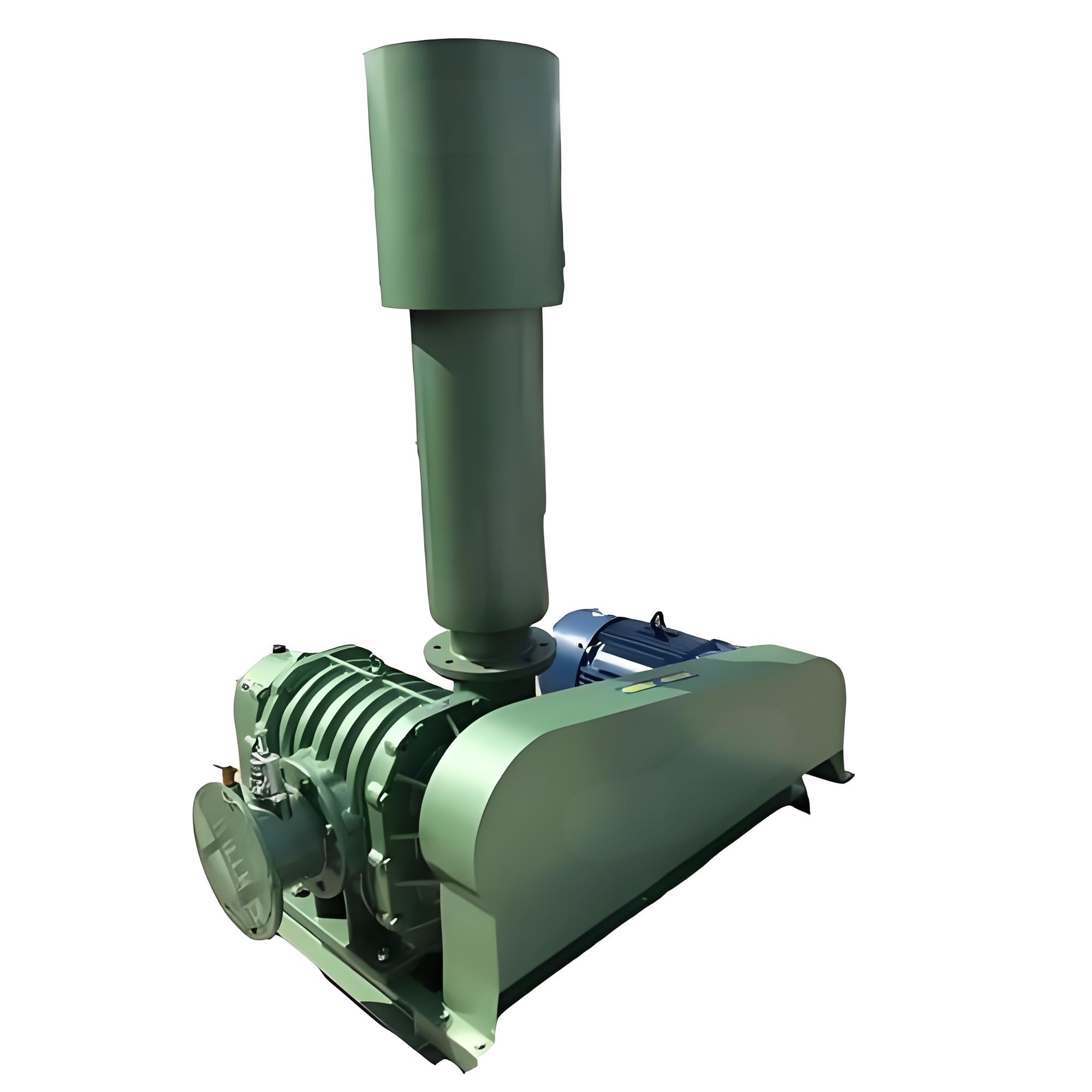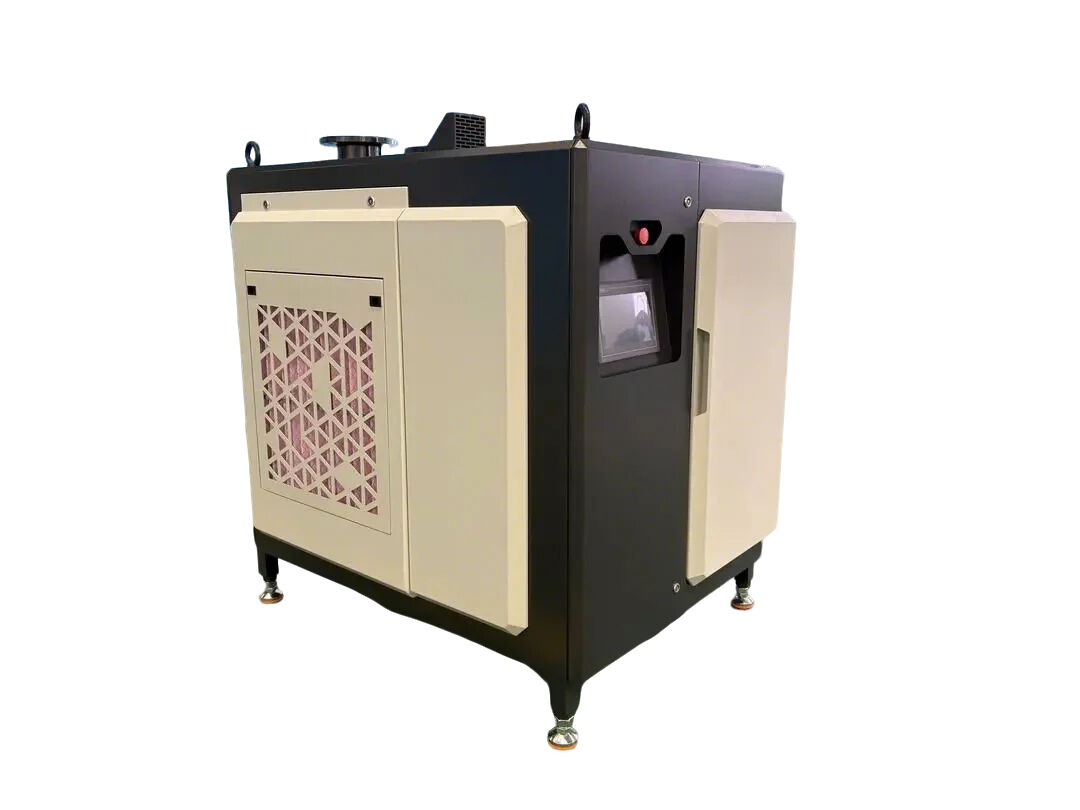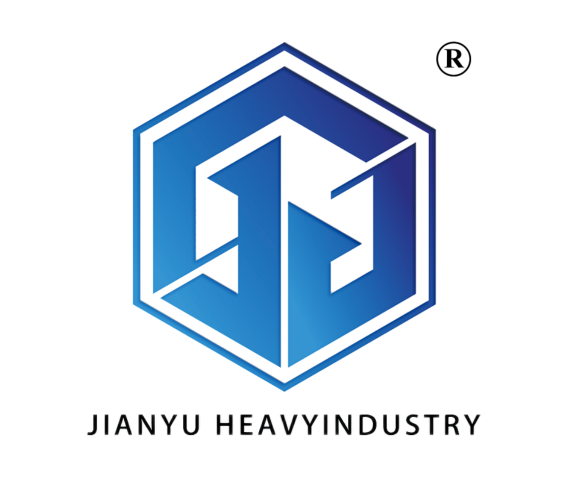blower for fish farming
A blower for fish farming is an essential piece of equipment that plays a crucial role in maintaining optimal aquaculture conditions. This advanced aeration system is specifically designed to deliver consistent and reliable oxygen supply to aquaculture environments, ensuring the health and survival of aquatic species. The blower operates by drawing in atmospheric air and compressing it to generate a steady flow of oxygen-rich air into the water. Modern fish farming blowers incorporate sophisticated technologies such as energy-efficient motors, precision airflow control systems, and durable construction materials that resist corrosion in harsh aquaculture environments. These units are available in various sizes and capacities to accommodate different scales of fish farming operations, from small pond systems to large commercial aquaculture facilities. The blower's design typically includes features such as low-noise operation, minimal vibration, and easy maintenance access points. Advanced models may also include smart monitoring systems that can adjust airflow rates based on water oxygen levels and temperature conditions, ensuring optimal environmental parameters for fish growth and development. The versatility of these blowers extends beyond basic aeration, as they can also be used for water circulation, waste removal, and maintaining consistent water quality throughout the farming system.



